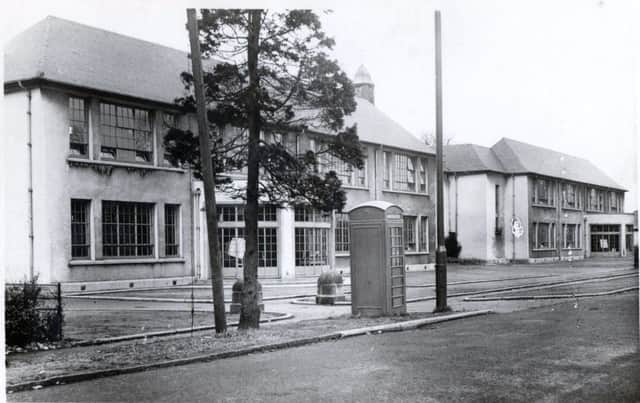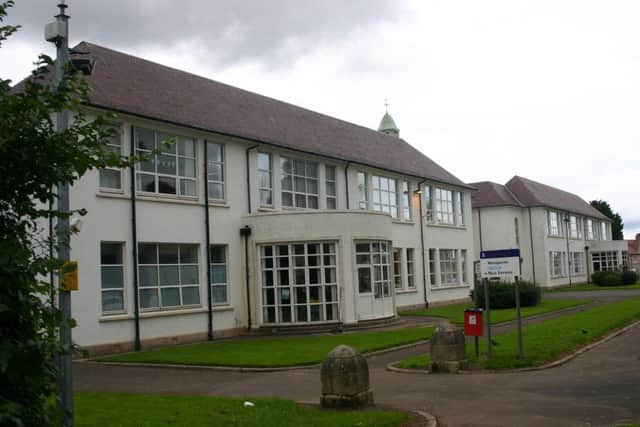Ian Scott: Remembering the model village of Westquarter


It was both entertaining and informative and I learned a lot about the good and the bad times which the new community faced in a village with fine new housing but few of the other things they had been promised.
I was reminded of this recently when I discovered a film in the Scottish Screen Archive about the regeneration of Scotland between the wars.
Advertisement
Hide AdAdvertisement
Hide AdMade in the late 30s it showed the new Westquarter houses under construction and expressed great optimism about the ‘social experiment’ of decamping families from poor facilities to the brave new world of running water, electricity and gardens.


Westquarter house and estate had been sold in 1909 by the Livingstone family to the Glasgow coal master James Nimmo who owned Redding Colliery, the biggest pit in the Falkirk area.
The miners who worked for Nimmo lived throughout the Braes area and their housing conditions by the early 1930s were appalling especially in the village of Standburn where three quarters of the 170 houses were condemned as unfit for human habitation.
Nimmo was unwilling to make repairs and Stirling County Council was faced with a major problem.
Advertisement
Hide AdAdvertisement
Hide AdIt was a time when social planners thought that by providing people with decent living conditions you were doing the right thing and at the same time helping to make them ‘better’ citizens with higher standards of behaviour and fewer problems.


This ‘social engineering’ was behind the idea of the model village which the authorities decided to create and in 1934 they purchased half of the estate for £3000 and appointed the architect John A Grant to design a village of 200 houses.
The work began in 1935 and cost around £70,000.
It was a design of true genius with beautiful houses spread throughout the parkland keeping many of the trees and open spaces.
There were little squares each with its own ‘village green’ and at the bottom end of the estate the valley park became a recreation space for the families who began arriving from Standburn and Redding at the end of 1936.
Advertisement
Hide AdAdvertisement
Hide AdThe beautiful new school, which is surely one of the finest in the district, was used by the Royal Air Force during the war and didn’t open until 1944.
By the time the village was complete there were around 500 houses and a fast growing population.
Many of the older residents remember the excitement of living in beautiful new houses with all mod cons surrounded by a wonderland of burns, trees and woods.
But it was not all plain sailing. Costs were much higher and one man reported that the expensive electric light was great for letting you see to light your oil lamp!
Advertisement
Hide AdAdvertisement
Hide AdLack of proper facilities like shops, churches, halls and places of entertainment plagued the village and unfortunately the old Westquarter mansion which might have been of use to the people as a surgery or clinic was demolished with only the old 18th century doocot surviving.
The closure of the mines in the 1950s followed by the foundries pushed unemployment to record levels and times were very hard in the decades that followed.
However in such adversity a community spirit was born which is still strong today as the memories of those who contributed to the book certainly testify.